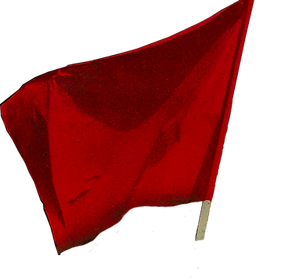Short-time working: No end near
- Paul M.
- 27. Apr. 2022
- 2 Min. Lesezeit
Aktualisiert: 17. Nov. 2023
(Correpsondence from the workplace)
It did not take long and many workers are working in short-time again. A factory in Steyr with over 4.000 workers, which has increased it‘s profit for eleven Million Euros compared to the year before, is now again sending it‘s workers to short-term work. Since the workers mainly pay their wages themselves with short-time work, the bosses and investors have noticeably more profits. The current application of short-time working is legitimized with bottlenecking in the supply. But since a lot of the profits from last year were put aside by the company, it would not be necessary to send the workers into short-time again. But the supports for short-time work are paid from tax money and the bosses do not have to pay out from their own pocket, production is running nonetheless and the bonuses are secured. The costs of the crisis are put on the shoulders of the workers, and short-term work is therefore a good tool.
Image: Printing machine HEDELBERG, by Regieroales, CC BY-SA 3.0
What are correspondences?
Correspondences are contributions from different parts of the population, as to say a direct mouthpiece of the people. They all have in common, that the respective correspondent is reporting directly from his or her live experience. From the work-place, the district, the school, etc… As the people‘s press, the revolutionary and democratic press not only expresses the interests of the majority of the population, but is also actively incorporating its representatives, gives them a voice, presents the different opinions and ideas of the masses to compare them and let them participate in discussion. Therefore in the „Red flag“, the workers, the voices of the youth and the women‘s movement, of the students, of unionist forces, the migrants as well as the self-employed and the small businesses, voices from the city and the countryside find a platform and an organ. The correspondents are not members of the editorial board, therefore they are not bound to the “journal line” in the narrow sense, but express their own voice.






Kommentare